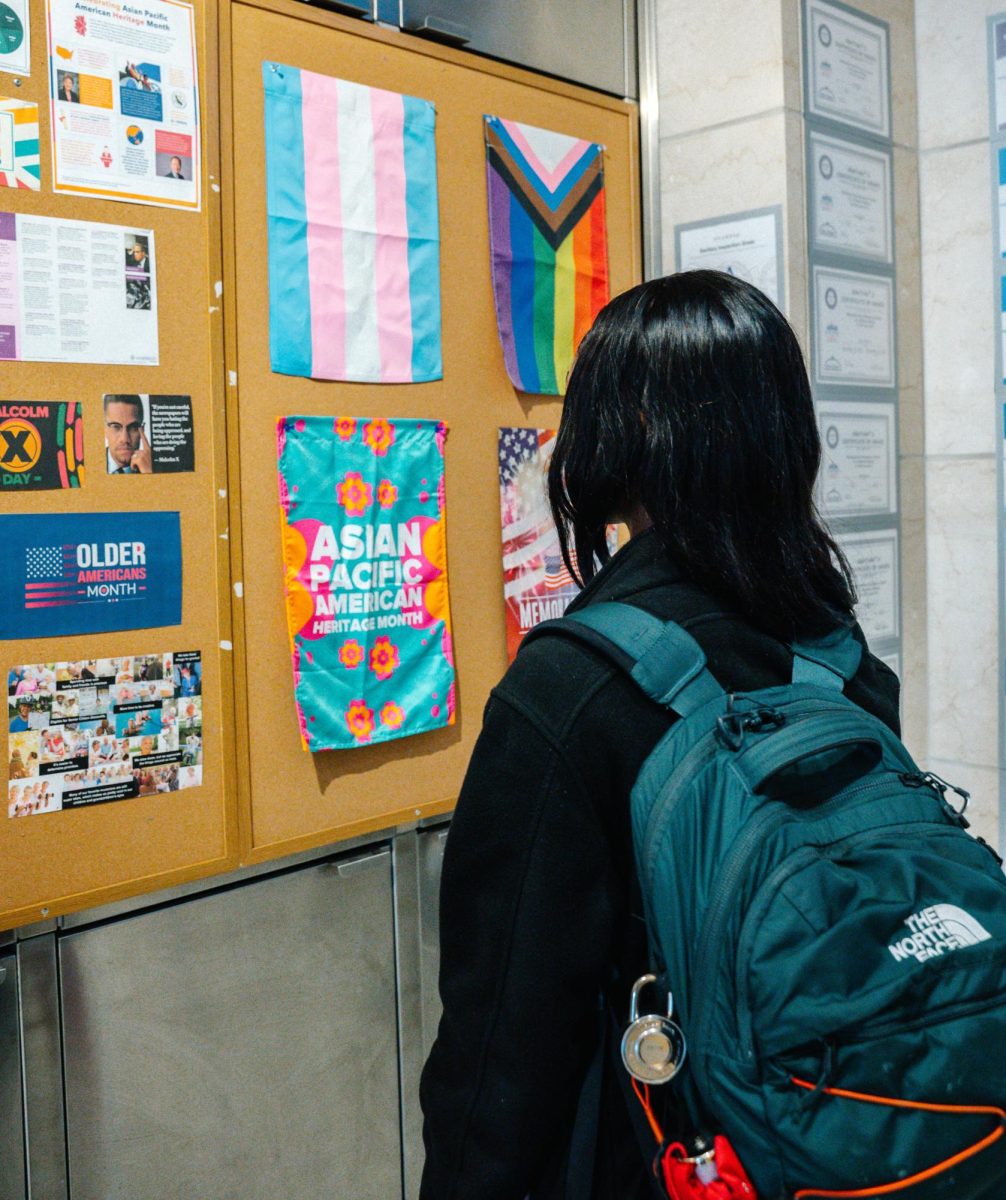May officially marks the arrival of Asian American, Native Hawaiian and Pacific Islander Heritage Month, a month meant to uplift the voices of the AANHPI community and honor its many distinctive cultures. One of the best ways of doing this is through reading books written by AANHPI authors that feature their individual cultures and experiences.
Blending magical realism, generational trauma and a stirring family narrative, “Sharks in the Time of Saviors” by Kawai Strong Washburn tells the riveting tale of a family driven apart and brought together again in the face of divinity and the supernatural.
Washburn presents four perspectives: Malia, the mother of the Flores family; Dean, the oldest son dabbling in elite college athletics; Kaui, the risk-obsessed and fiercely independent youngest daughter; and Nainoa, the middle child thought to be favored by the ancient Hawaiian gods.
When seven-year-old Nainoa falls overboard during a family vacation in Kailua-Kona, Hawaii, his family’s lives intertwine with the divine as he is rescued by sharks. Noa’s development of strange abilities only affirm his family’s belief that he has been blessed by the Hawaiian gods.
Washburn is authentic in his writing, allowing his audience to see Hawaii from the lens of a Native Hawaiian, a view that is typically missing in modern media. “Sharks in the Time of Saviors” encapsulates the essence of Hawaiian mythology and culture in a multi-layered and evocative narrative.
Another narrative centered around family, “Pachinko” by Min Jee Lee is a powerful family saga. It follows four generations of a Korean family and their life in Korea under Japanese colonization, and later Japan, during WWII. Spanning more than seven decades, the story touches upon important parts of Korea and Japan’s interwoven history.
Sunja, the teenage daughter of a crippled fisherman and his wife, falls in love with a wealthy fish broker. However, shortly after becoming pregnant, she discovers that her lover is already married. After refusing his offer of becoming his mistress, Sunja marries a benevolent minister suffering from tuberculosis and moves to Japan, not knowing the harrowing future that awaits her.
Addressing hardship, intergenerational trauma, discrimination and the desire for a better future, the struggles faced by the members of the Baek family are familiar ones to immigrant families. “Pachinko” masterfully paints a complex portrait of Korean and Japanese history, sacrifice, and what it means to be family.
“The Stationery Shop” by Marjan Kamali is a poignant love story brimming with the grief and regret of two star-crossed lovers pulled apart by tragedy. Primarily set in 1953 in Tehran, Iran, Kamali touches upon a period of political unrest in Iranian history and its impact on those who lived through it.
In the politically chaotic environment of Tehran, Mr. Fakhri’s book and stationary shop is a sanctuary for Roya and Bahman, two idealistic teenagers that bond over their shared interests and hopes for the future.
Not long after Roya and Bahman’s first meeting, they decide to marry at the end of the summer, despite the disapproval of Bahman’s mother. Yet, on the day they were going to be married at the Office of Marriage and Divorce, the coup d’etat that would later mark Iran’s political history occurs. Bahman does not show up, and Roya is left with unanswered questions—that is, until they reunite 60 years later in the United States.
Intense and deeply melancholic, “The Stationery Shop” leaves a lasting impression through its description of an overlooked yet crucial time in Iranian history and its very human characters.
With the lack of diverse AANHPI representation and marginalization of Asian American, Native Hawaiian and Pacific Islander identities, it is pivotal for everyone to be conscious of their cultural awareness while celebrating AANHPI Heritage Month. Whether through reading books or engaging in a different form of media, consuming media that highlight different cultures can help to bridge existing cultural gaps and allow marginalized voices to be heard.



